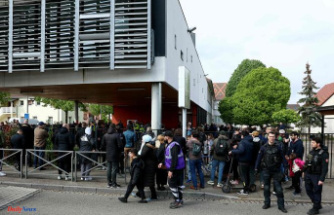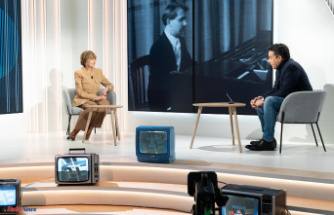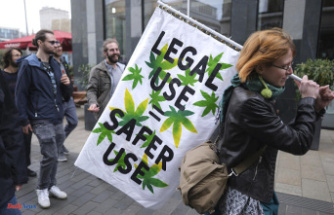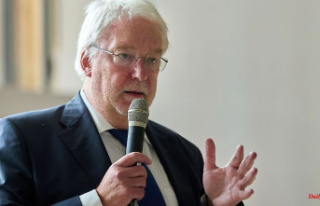Over time, the freezer can accumulate a lot of ice on the walls. Then it's time to defrost again, because otherwise the consumption costs will increase. This is how defrosting works.
Moisture accumulates in the freezer via warm air every time it is opened. When it cools down, it turns to ice. In the long run, this leads to significantly higher energy consumption and thus to higher electricity costs. Experts therefore recommend every household to have the freezer defrosted twice a year. This is how you should do it.
Step 1: Preparations
Before starting defrosting, completely empty the interior of the refrigerator and especially the freezer compartment. Temporarily store frozen goods in a separate freezer. Then disconnect the affected device from the power supply.
Step 2: Accelerate the defrosting process
Place a large bowl of hot water in the center of the freezer to speed up ice melting. A baking sheet or similar household vessel under the bowl catches the excess meltwater.
Step 3: While the freezer is defrosting
Meanwhile, some kitchen towels or hand towels should be ready next to the freezer or refrigerator so that you can quickly wipe off more defrosting water. It takes about two hours for the device to defrost completely.
Step 4: Dry and put away
Once the freezer compartment is completely defrosted, dry the inside walls with a towel. It is also a good idea to give the fridge a thorough cleaning. Finally, supply the device with power again. Only then can the food be put back in the fridge and freezer.
Apart from that, the power consumption of a refrigerator can also be reduced with these tips from the consumer advice center:












